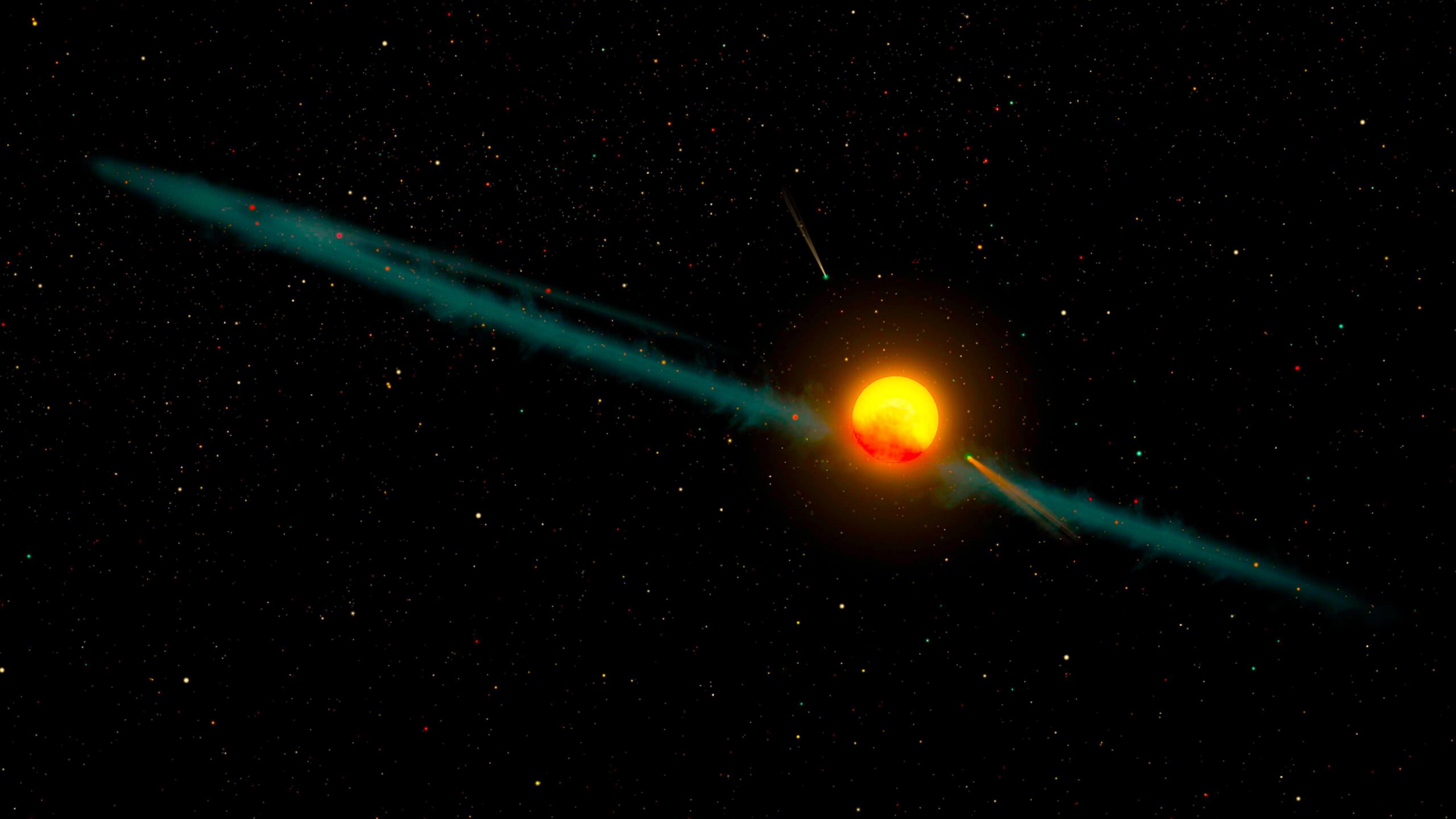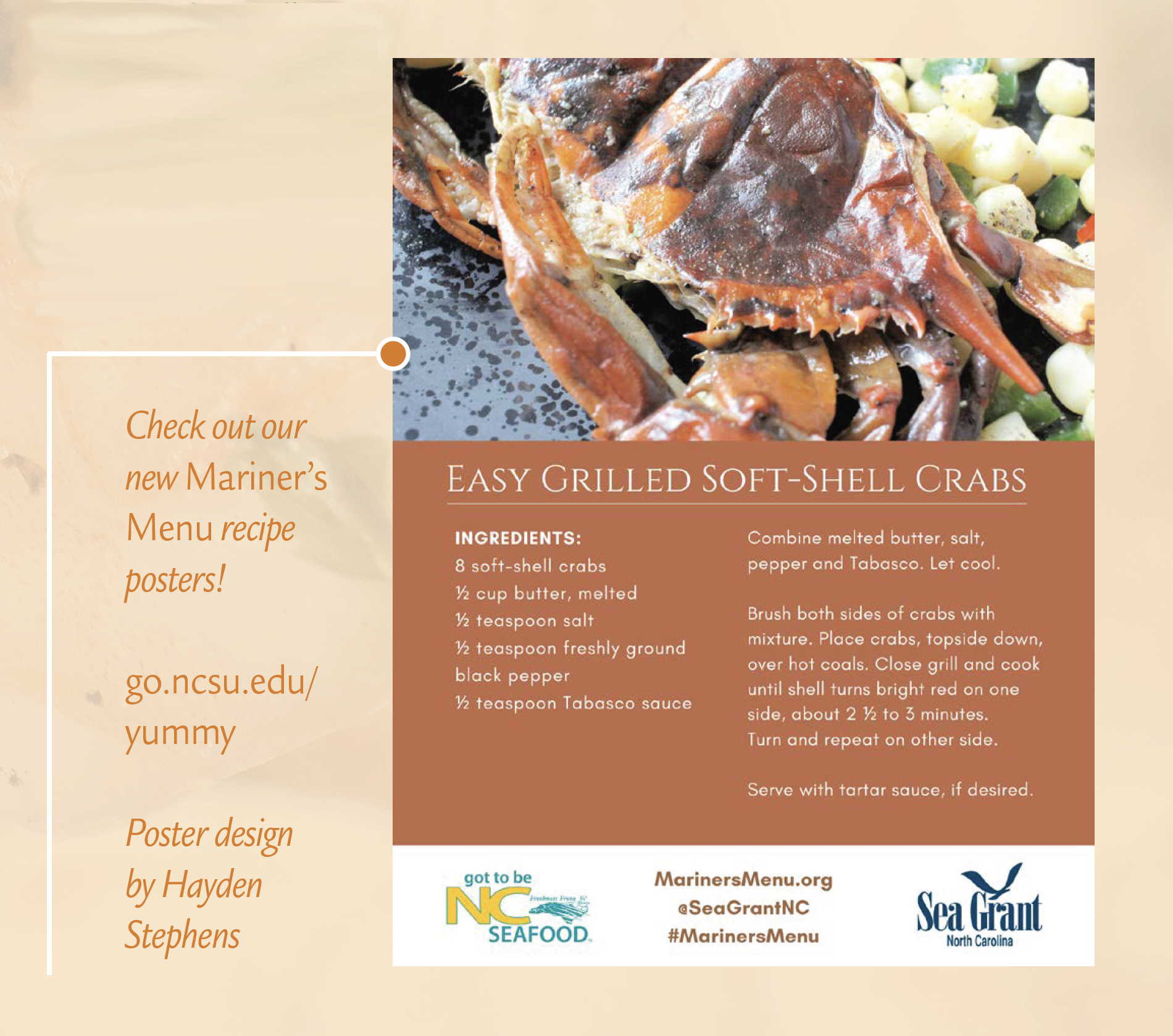Coastal Currents
News and Research

The South Atlantic Release Rodeo Kicks Off
Each year, the South Atlantic draws millions of fishers to waters where an array of species — from hard-hitting gag groupers to hard-charging red snappers — offer the promise of an unforgettable day. While some of these catches make their way to the cooler, the number of catch-and-release fish in many South Atlantic fisheries is increasing.
These released fish hold valuable information about our fisheries, but information about released fish often slips through the cracks. Fishers hold the key to this crucial knowledge, and The South Atlantic Fishery Management Council’s Release project is partnering with commercial, for-hire, and recreational fishers to bring catch-and-release information to the surface.
SAFMC Release invites fishers to share information about their released shallow water grouper, like gag and scamp, as well as red snapper, by using the free SciFish app.
“SAFMC Release is designed to fill gaps in the information available on the size of released fish and their likelihood of survival,” says Meg Withers, the citizen science project coordinator for the South Atlantic Fishery Management Council. “By submitting your releases to the project, you’re using your expertise to help paint a clearer picture of the snapper grouper fishery and supporting its long-term, informed management.”
Withers says the project has “really grown over the past few years” as more fishers contribute and as partnerships with programs like Sea Grant help it “reach new heights.”
This includes Sea Grant’s South Atlantic Release Rodeo, a three-month challenge that gives fishers the chance to win prizes by contributing to SAFMC Release. Through July 31, each submission to SAFMC Release that includes a photo of a released fish will earn participants entries into Sea Grant’s monthly and grand prize South Atlantic Release Rodeo giveaways.
Monthly giveaways feature Sea Grant gear bundles with circle hooks and lead weights. The grand prize giveaway includes a kite rod and reel combo, donated by SeaQualizer, and a Turtlebox speaker, donated by Haddrell’s Point Tackle.
Photo submissions that display the fish on a ruler or next to an item of known length double the chance of winning in both giveaways.
Participants can create an SAFMC Release account today for opportunities to win prizes for something many fishers are already doing — releasing fish.
Learn more here or contact greyson.webb@safmc.
More about SAFMC Release.
— Greyson Webb

Land-based Sensors Offer a New Look at Coastal Flooding
North Carolina Sea Grant researcher Katherine Anarde and her team studied flooding in three NC communities — Beaufort, Sea Level, and Carolina Beach — by using a network of land-based sensors. The research offers a new picture of coastal flooding.
The study was published in Communications Earth and Environment and covered in the Washington Post in early June: “Many coastal communities are flooding more than we thought, researchers find.” It has also received coverage from The News & Observer and NC State.
Partially funded by an NC Sea Grant Core Research Funding Grant, the research provided “new estimates of flood frequency” by installing an open-source network of sensors in stormwater drains and adjacent roadways and comparing its data to tide-gauges that record the height of rising and falling tides, as well as other parameters such as wind speed and direction and temperature. What the team found was a “mismatch between actual flood incidence and tide-gauge threshold exceedances,” according to the Communications Earth and Environment article.
This means that coastal communities flood more often than the number of “high-tide flooding days” the National Oceanic and Atmospheric Administration’s tide-gauges project.
Given Anarde’s findings, land-based sensors offer an additional tool for measuring a range of flooding events. For the researchers, “Improving the accuracy of coastal flood measures is critical for identifying the impacts of sea-level rise and developing effective adaptation strategies.”
Read more here.
— Rebecca Jones

Holberg Wins 2025 North Carolina Coastal Research Fellowship
Sam Holberg is the 2025 North Carolina Coastal Research Fellow. Holberg is a doctoral student in biological and agricultural engineering at NC State, and his research will look at floating oyster aquaculture and how its infrastructure may influence shoreline change.
North Carolina Sea Grant and the N.C. Coastal Reserve and National Estuarine Research Reserve (Reserve) jointly fund this opportunity, which is open to graduate students across North Carolina. With funding for one year, recipients conduct research at one or more of the Reserve’s 10 sites.
“I am very excited to be the NCSG-Reserve Fellow for 2025-2026,” says Holberg. “I am especially looking forward to engaging with stakeholders, whether it be from Sea Grant, the Reserve, or the local oyster farming community. I am excited to learn from their perspectives and translate this research into actionable solutions that will hopefully make a difference.”
Oyster aquaculture is emerging as a critical and fast-growing industry in North Carolina, and sea level rise is simultaneously threatening many of the state’s coastal areas. With this in mind, Holberg’s project will assess how floating cages used to grow oysters modify the water-column, potentially slowing currents and reducing their energy available to erode shorelines.
These oysters also release additional organic material into the water column that can make seabed sediment more cohesive and more resistant to erosion, so Holberg will also be taking sediment samples at these oyster farms and testing the sediments for organic material concentrations and sources. Holberg will work with participating oyster lease holders at leases adjacent to Permuda Island Reserve.
“This research project holds significant promise for informing coastal engineering approaches,” says Justin Ridge, research coordinator for the NC Reserve, “and we value the opportunity to generate new insights at a location that has historically received less scientific attention.”
Holberg plans to disseminate the results from this project to oyster growers throughout the state through extension publications and workshops. As traditional shoreline stabilization methods are costly and potentially disrupt ecosystem function, these results could provide growers with areas of opportunity to expand oyster farming while stabilizing shorelines in proximity to leases.
Learn more about the Coastal Research Fellowship.
— Carrie Clower
New Research Addresses Stormwater Runoff, Algal Blooms, and More
North Carolina Sea Grant and the North Carolina Water Resources Research Institute have selected six students for new “Mountains to Sea Graduate Research Fellowships,” and the Stormwater Consortium will support an additional fellowship.
The fellows are current graduate students at North Carolina State University, East Carolina University, Wake Forest University, UNC Wilmington, and UNC Chapel Hill. Their projects focus on coastal water quality, algal blooms, stormwater runoff, and other timely topics…
- Categories:

